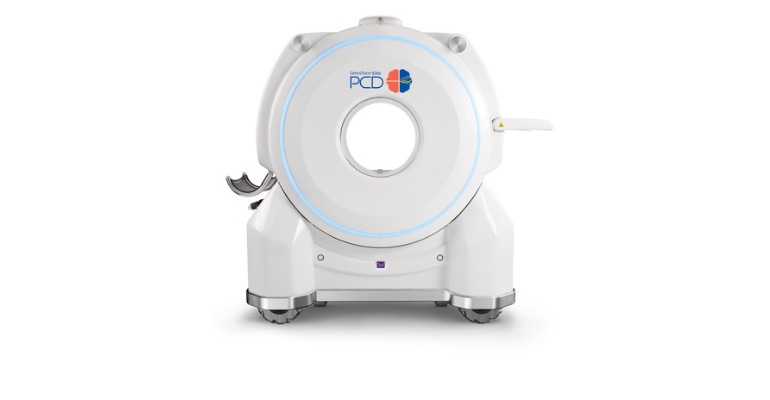The research partnership is expected to impact medical imaging, patient outcomes, and quality of life for Scottish patients at Dundee.
January 12, 2023

Through a new partnership, researchers at the University of Dundee in Scotland will be able to use the OmniTom Elite with Photon Counting Detector (PCD) CT imaging technology developed by NeuroLogica, a subsidiary of Samsung Electronics.
Iris Grunwald leads the University’s Tayside Innovation MedTech Ecosystem (TIME) neuro team, and was key in the formulation of the partnership between NeuroLogica and the University of Dundee. Grunwalds team will analyze differences in patients’ tissue characteristics as well as enhance image quality and resolution of current imaging practices.
“With NeuroLogica’s new, emerging technologies, we are currently witnessing one of the largest innovations in medical imaging in the last decade,” said Grunwald, chair of neuroradiology at the University of Dundee. “By utilizing the state-of-the-art equipment alongside the University of Dundee’s unique research and clinical expertise, together we can work to modernize the future of patient care.”
Grunwald has previously worked with NeuroLogica to improve pre-hospital imaging on mobile stroke unit ambulances.
“Tay Cities investment attracted Professor Grunwald to Dundee to develop novel training techniques enabling the set-up of a thrombectomy stroke service for our region," said Helen-Donald Simpson, manager of TIME. "This new partnership represents a quantum leap in healthcare, allowing us to stay at the forefront in imaging and research internationally, while also enhancing patient diagnostics.”
Photon counting is a next-generation CT technology that sorts the different energies of X-rays after they have passed through the scan field. The multiple sets of CT data are acquired at the same time with configurable energy thresholds, providing potentially more accurate visualization and segmentation of bone, blood clots, plaque, hemorrhage and intracranial tumors. There is also potential with PCD to lower the dose requirements, and fundamentally change the use of injected contrast. The OmniTom Elite with PCD is an important advancement in CT technology and was designed in house by the NeuroLogica research and development team in Danvers, MA, in collaboration with Samsung.
About the Author(s)
You May Also Like




